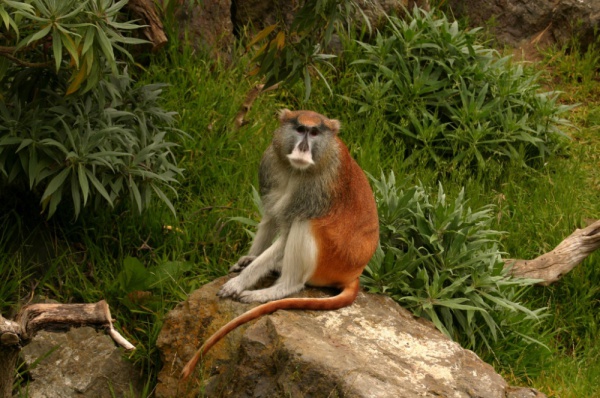Facts About Patas, Hussar Monkey, Nisnas
The Patas monkey, also known as the wadi or hussar monkey, is a captivating ground-dwelling primate that inhabits the semi-arid regions of West and East Africa. Historically, it was considered the sole species within the genus Erythrocebus until the Blue Nile patas monkey was classified separately in 2018. There remains some debate regarding the number of subspecies, with some experts differentiating between the Western Common patas and the Eastern Nisnas.
One of the most notable characteristics of these monkeys is their sexual dimorphism; adult males are significantly larger than females. Patas monkeys are also renowned for their remarkable speed, being the fastest runners among primates, capable of reaching speeds up to 55 km/h (approximately 34 mph). They typically live in groups composed mainly of females, usually led by a single dominant male, with breeding occurring seasonally.
Patas monkeys are found across central, western, and eastern Africa, and they have even been introduced to Puerto Rico. They prefer open savannas over dense woodlands, thriving in these vast, open spaces. Their diet is diverse, including insects, gum, seeds, and tubers. They utilize unique alarm calls to warn each other about different predators and are known to mount a robust defense when threatened.
The social dynamics of Patas monkeys can vary based on food availability. Females often engage in reconciliatory behavior, particularly toward family members. Males, in contrast, typically form all-male groups or live solitarily outside of the breeding season. Young males leave their natal groups before reaching sexual maturity.
Interestingly, the interaction between the Patas monkey and the whistling thorn acacia tree is thought to have inspired elements of Dr. Seuss's "The Lorax." In the wild, these monkeys can live up to about 20 years, making them long-term inhabitants of their distinctive environments.

 Egypt
Egypt